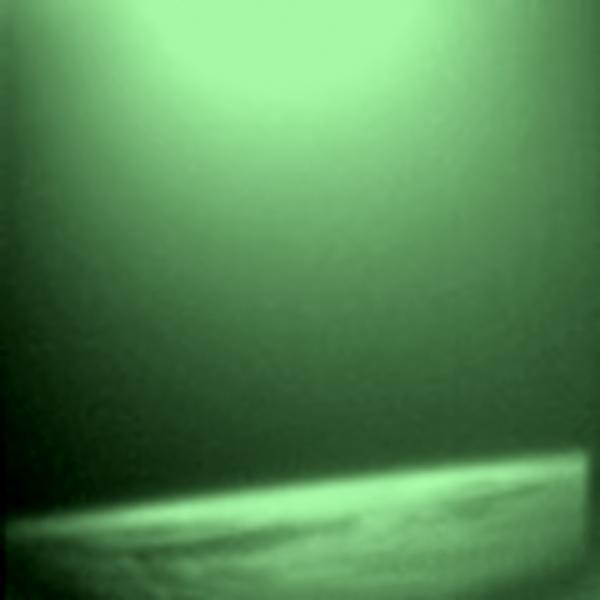SwissCube, the first Swiss satellite, has taken its first pictures – but only after a spectacular recovery. Launched on the morning of 23 September 2009, its mission was to photograph the airglow, a luminous phenomenon in the upper atmosphere. A few hours later, there was disappointment all round. The satellite was rotating too fast to take the photos. Muriel Noca, responsible for the project, explains that this was probably the result of a problem occurring either when the satellite was being ejected or when the antennas unfolded.
Scientists and students were faced with a dilemma. They would have to wait quite a long time for the rotation of the satellite to slow down by itself. However, SwissCube was designed to last for only about four months. There was no guarantee that it could stand up to solar radiation and extreme variations in temperature – the deliverable of this students’ project was built using standard electronic components available in shops, and was not designed for such use.
November 2010. After over a year of suspense, the rotation of SwissCube had decreased. However, bearing out the team’s concerns, some functions had deteriorated. At the Space Center, the idea of relaunching the computer system came to mind, in the hope that it might remedy the faults. “The problem is that, for security reasons, satellites don’t have a re-set function, unlike our computers.” adds Muriel Noca.

Earth and airglow from the Swisscube © EPFL Space Center
A former student of the SwissCube team, working at the Space Center, found the solution to the problem. Florian George was the only one to be aware of a command enabling the idle operation of the radiocommunications system. Thus, he managed to drain the satellite’s batteries. Temporarily deprived of energy, the system re-started as expected. The team was relieved when it became clear that all the functions had been re-established.
Beginning of 2011. Arthur Overlack, a student at the University of Delft in the Netherlands, also made an essential contribution. Informed of SwissCube’s initial setbacks, he developed an IT strategy that would finalize its stabilization. Thanks to his work, the team managed to perfect this aspect of the satellite, by acting on the current of its three electromagnets, aligned with the Earth’s magnetic field. It then became possible to take photos.
The first pictures eventually reached the team. At low resolution, they clearly show the airglow – this luminescent phenomenon, which results from the formation of O2 oxygen molecules, following their separation by solar radiation. These images will provide precious information to the scientists. However, the greatest success of the program remains first and foremost its educational dimension. Over 200 students, from EPFL but also from HES in Western Switzerland, the universities of Bern and Neuchâtel, as well as the Northwestern Switzerland University of Applied Sciences, will have cooperated to make a success of the launch of the first Swiss satellite.